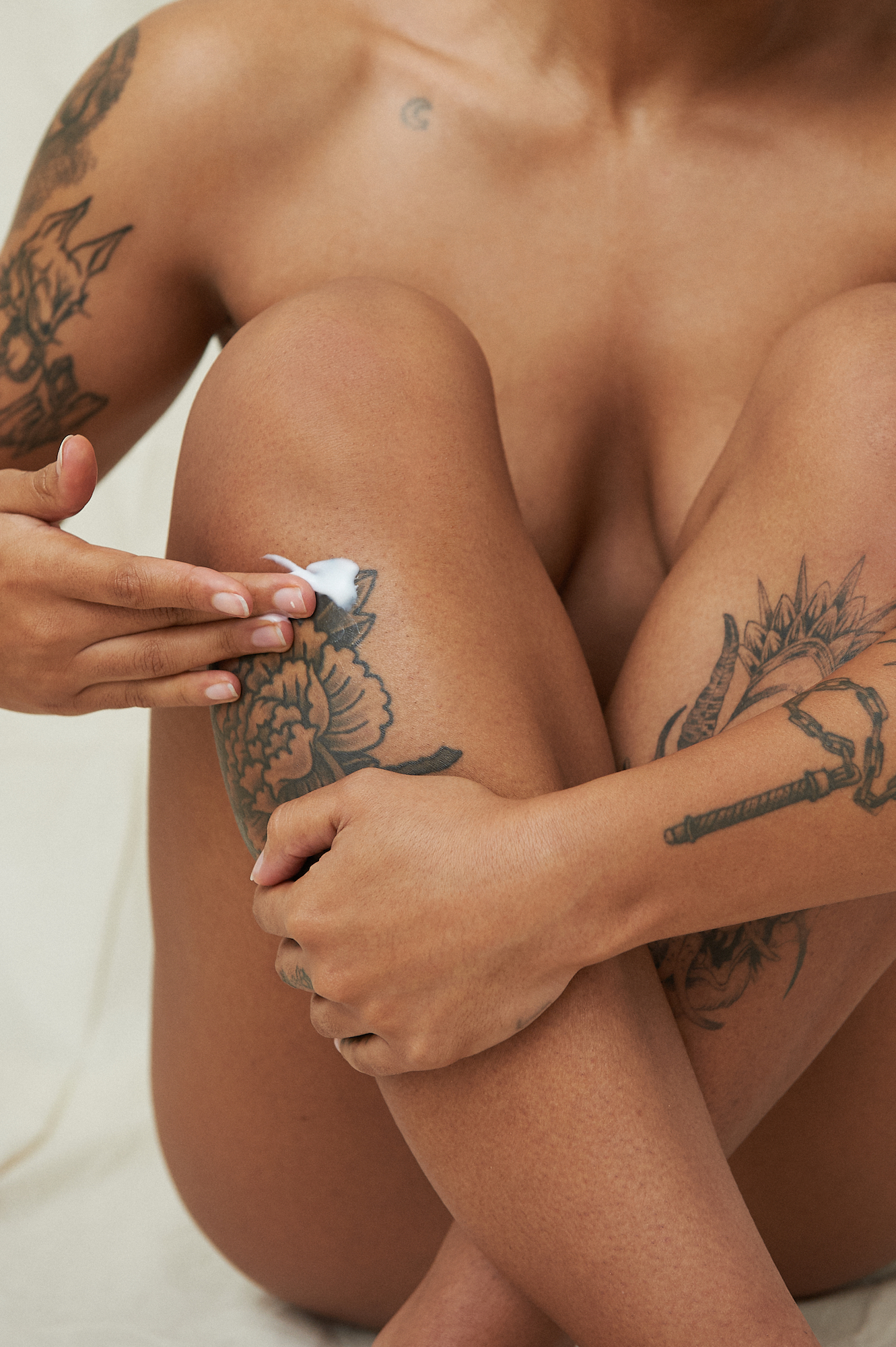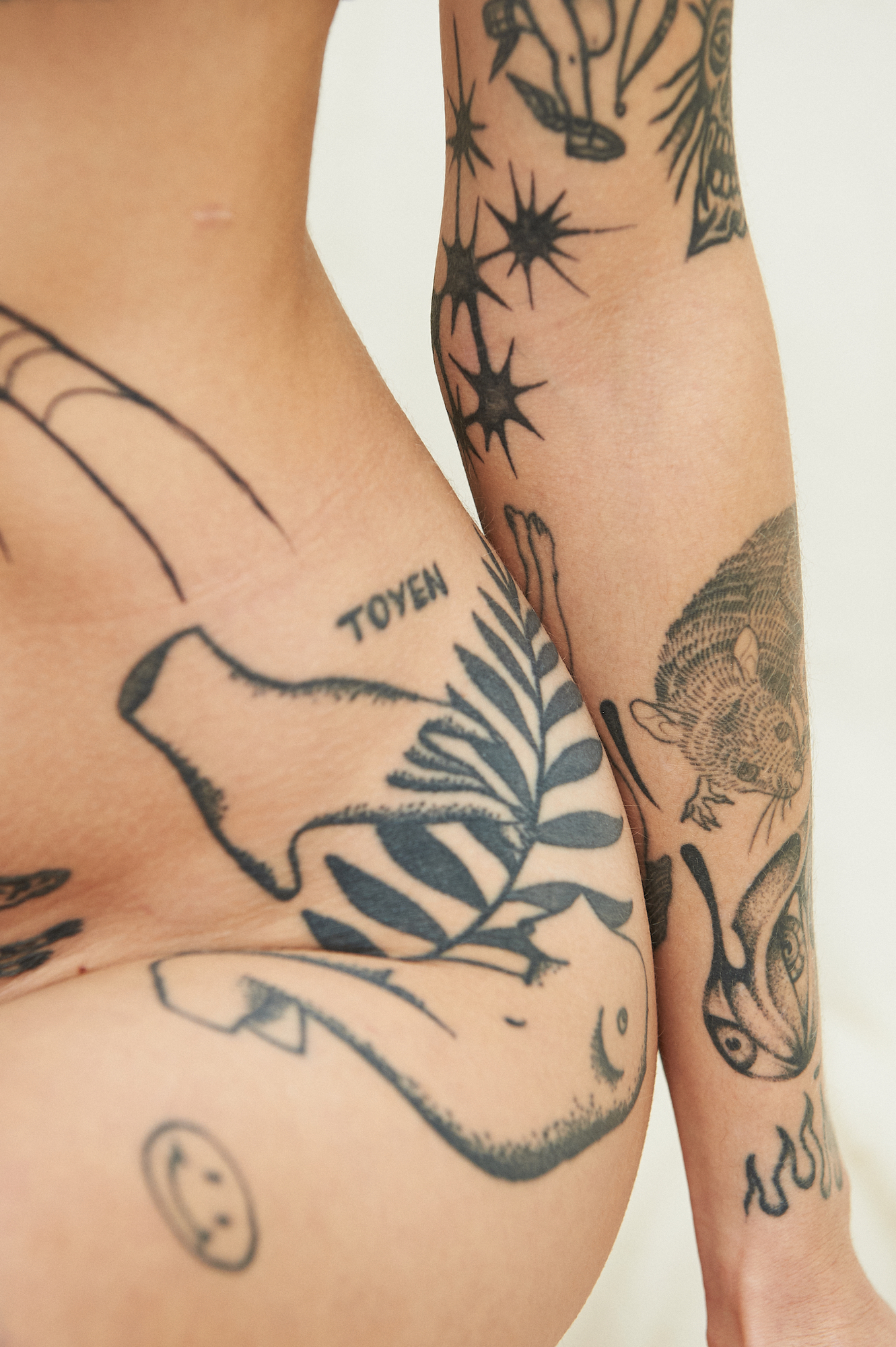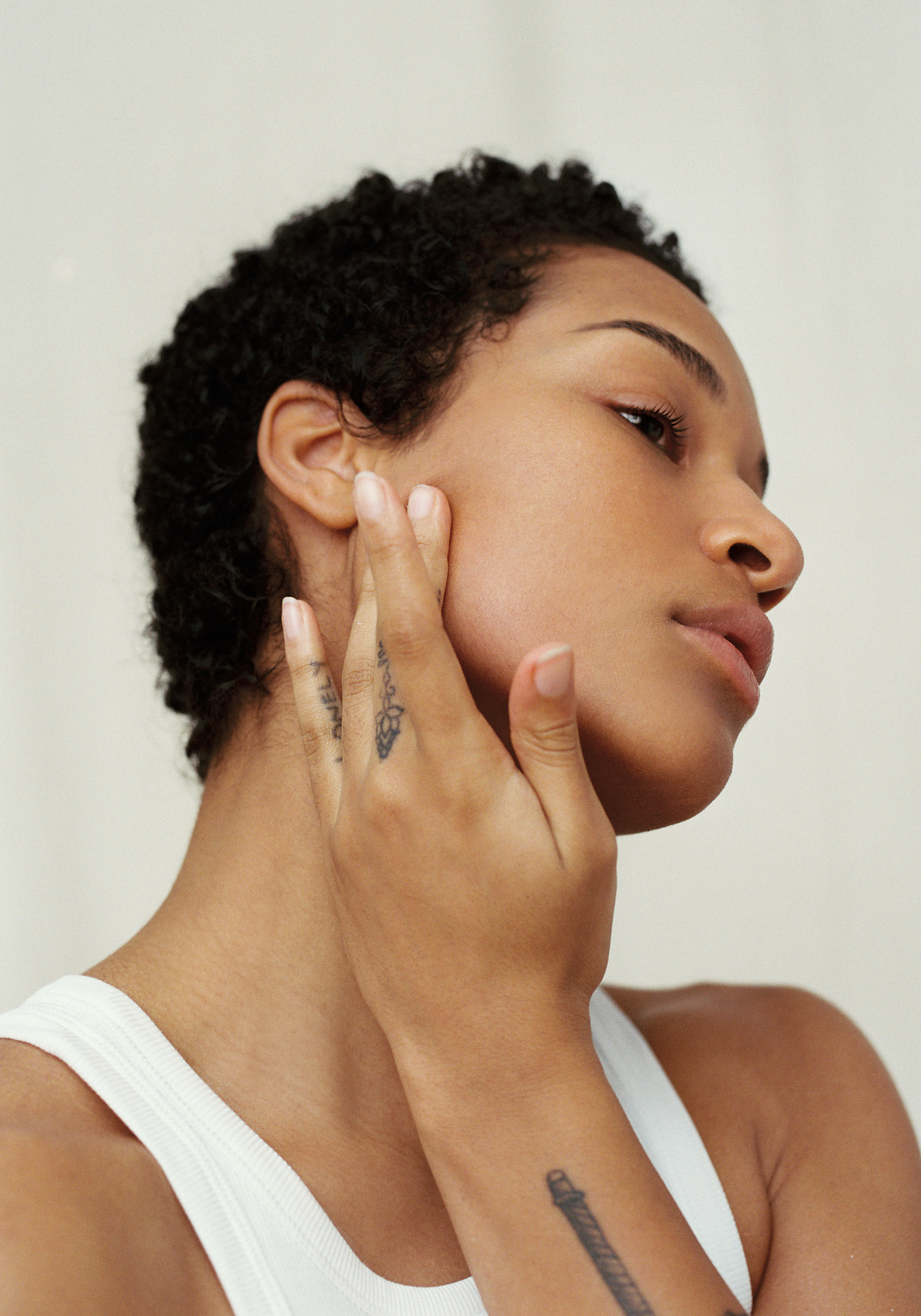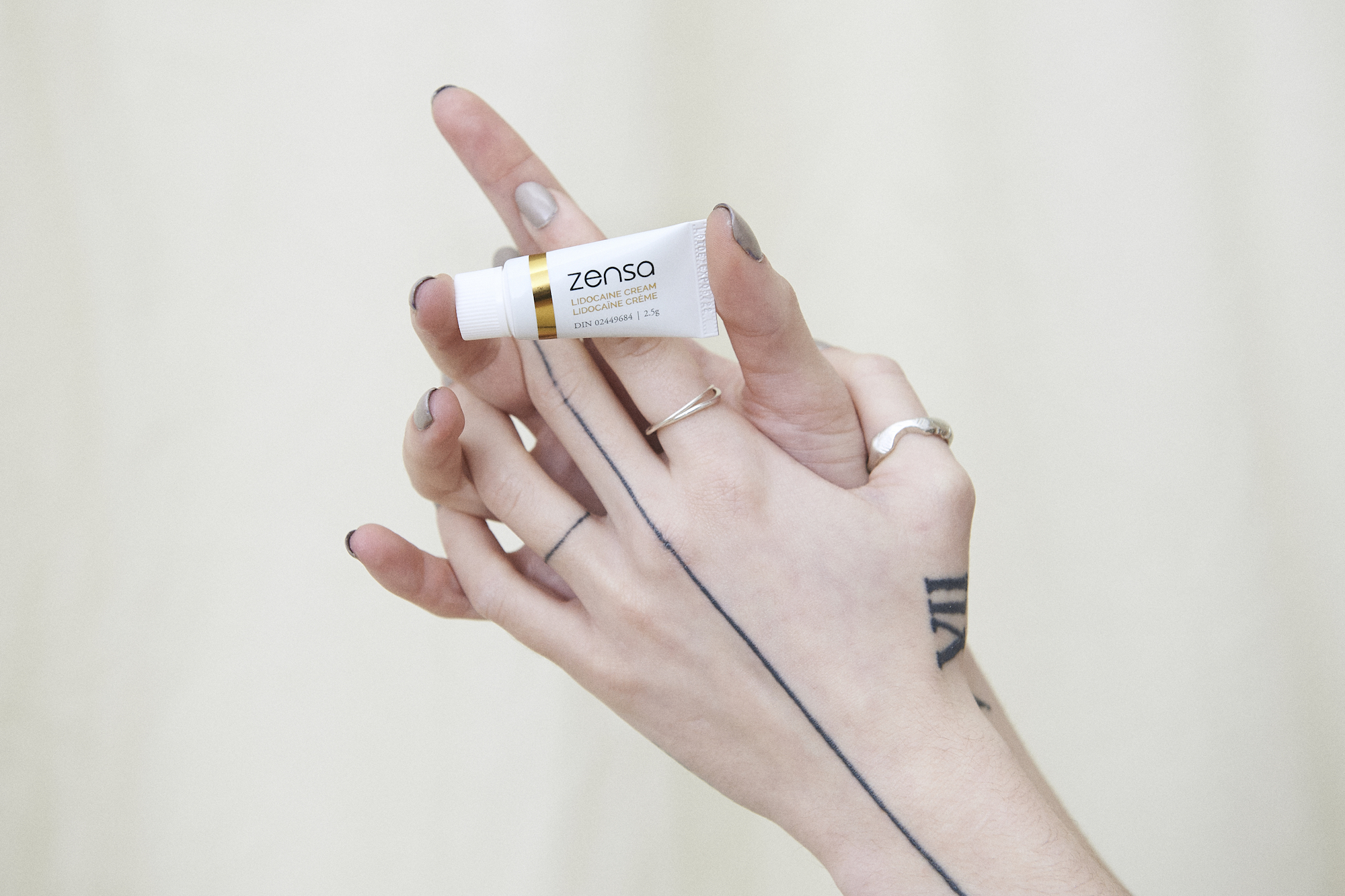7 Microneedling Benefits For More Radiant, Improved Skin
7 Microneedling Benefits For More Radiant, Improved Skin
This facial treatment proves that the secret to smooth, youthful and glowing skin lies within. Microneedling is a procedure that involves a derma roller with several thin needles that puncture the top layer of the skin. These controlled injuries create small wounds to trigger a healing response and several skin renewal benefits.
Also known as collagen induction therapy, microneedling stimulates collagen production (the proteins responsible for your skin’s structure and elasticity) to enable your skin to self-repair and reverse signs of damage while improving its overall health and radiance. For those suffering from dull, uneven or otherwise tired skin, it is worth looking into microneedling and seeking a consultation. It is more affordable than undergoing several laser treatments and comes with fewer risks when compared to chemical peels and light treatments designed for similar outcomes.
Each microneedling treatment takes around 10-30 minutes and it typically takes clients between 4-6 sessions to see their desired results. However, even one treatment provides a significant difference in your skin’s appearance, texture and overall vitality. Read on to learn more about the powerful benefits of microneedling.

Anti-Aging Effects
At age 20, our collagen production starts slowing down by around 1% every year. As our skin starts aging, its texture becomes thinner and leaves skin more vulnerable to sagging, fine lines, wrinkles and sun damage. Microneedling helps to revitalize our collagen production to help our skin behave like its younger self. Higher collagen production leads to increased cell turnover. This process promotes greater elasticity and resurfaces the skin to smooth out any fine lines and wrinkles and leaves you with a naturally radiant glow.
Recurring microneedling treatments allow your skin’s collagen levels to continuously rise to achieve firmer, more resilient skin over time. For most individuals, four to six microneedling sessions (spaced approximately four to six weeks apart from one another) are recommended to see the best results.
Brighter Skin Tone & Texture
Elevated collagen production and regular cell turnover not only remedy prior skin concerns but aid in keeping your skin smooth and evenly toned for the long haul. Whether you suffer from clogged pores, notice lines forming or experience general dullness, microneedling offers a low-risk option to prevent skin aging and unleash overall healthier feeling skin.

Decrease Hyperpigmentation
Discolored skin typically results from lower collagen production levels and decreased skin elasticity. The sun breaks down your collagen levels and makes your skin more susceptible to sunspots or hyperpigmentation. Microneedling breaks down the melanin concentration responsible for age spots and helps it reabsorb into the body. The procedure’s ability to increase cell turnover will decrease the appearance of dark spots over time for brighter, more even skin. You may need several microneedling sessions to see desirable results, depending on the tone and severity of your sunspots.
Regular microneedling treatments lead to a sustained, increased collagen production rate to help protect against more sunspots from arising. Make sure to avoid unprotected sun exposure and apply sunscreen regularly, too. Vitamin C skincare can also help prevent dark spots from forming. Some experts may use these products right after a microneedling session. However, it is often advised not to use vitamin C on the skin for two to three days before or after any microneedling procedure.

Improve Stretch Marks
Caused by the tearing of the dermis, stretch marks appear when the middle layer of skin’s elasticity cannot keep up with rapid growth or weight changes and the collagen fibres snap under the surface. Creams and oils may feel nourishing, but they don’t penetrate the skin enough to transform the look of these honorary scars. Microneedling punctures below the surface level to generate collagen production in the affected area. The treatment’s cell regeneration benefits reduce the discoloration and allow these larger wounds to heal from within – leaving you with a more uniform skin tone (and more confidence, if needed). Microneedling will more likely reduce, rather than completely get rid of, the appearance of your stretch marks (removing any sight of them typically requires plastic surgery).

Minimize Scarring
Scarring is part of the skin’s healing process – whether it’s caused by popping blemishes, acne scars, burn incidents or injuries. These marks form when the skin tissues of the dermis break and collagen reserves build up in the area to help repair the wound. After approximately two years, a scar is not likely to continue to fade on its own. Microneedling can further encourage this process by stimulating more collagen production in the injured tissue to allow the area to heal itself.
Always speak to a professional when microneedling or derma rolling scar issues. Doing this treatment at home, especially with acne scars, can further damage the scar tissue.
Shrink Enlarged Pores
Microneedling is known to minimize pore size, which helps reduce breakouts and is one of the simplest long-term methods to maintain a nearly airbrushed complexion. Enlarged pores leave more room for dirt, oil and bacteria to hide away in your skin, making you more prone to clogged pores that cause blackheads, whiteheads and other aggravating acne bumps. By shrinking these skin openings, you limit your chances of breakouts and the increased collagen production smooths out the skin for a more naturally flawless look.

Stimulate Hair Growth
While known for its collagen production benefits, microneedling has been found to also aid in stem cell growth in hair follicles. A 2014 study showed that this cosmetic treatment could be transformative for those managing alopecia areata (an autoimmune disorder that causes patchy, unpredictable hair loss). Individuals should expect the sessions to take approximately 10 minutes. While scarring remains a risk, your dermatologist or expert technician will likely apply a topical balm to the area after the session is over. Potential side effects include bruising, redness, swelling, pain and oozing from the wounds.
Microneedling Quick Facts
Treatments cost approximately $200 to $700 per session, depending on your location, technician, and dermatologist or MedSpa. Each procedure is short (10-30 minutes, depending on the area) and you should book sessions at least a month apart to allow the skin to heal.
Before booking an appointment, educate yourself on everything to know about the best microneedling prep and after-care practices. It may take up to around six months to see your desired results as collagen production gradually increases.

Does Microneedling Hurt?
While the thought of having several needles poked into your face or body may not sound pleasant, fortunately, your expert will apply a topical anaesthetic, like Zensa Numbing Cream, before the procedure. The numbing cream will be left on the skin for around 45-60 minutes before the microneedling begins to ensure that you feel a slight prick – rather than actual pain – during the procedure.
Potential Risk Factors
Those living with conditions like eczema, rosacea and similar inflammatory conditions are not suitable microneeding candidates. Anyone with open wounds should not be treated with this procedure. Microneedling can also cause a bacterial infection if you have active acne, tender acne cysts and similar skin concerns. Those who are pregnant or have used Isotretinoin-based medications, like Accutane, in the past six months also are not eligible for microneedling.
Why Is Microneedling The Best Option?
Microneedling is a more inclusive and budget-friendly alternative to laser treatments, Laser treatments use heat, which can be less effective on darker complexions, affect skin pigment, and often cost around four times more per session when compared to microneedling.
